
Piano, finally
Piano Finally is a podcast by an old bloke who is learning the piano, finally. I cover the process of learning the piano and music theory as an adult learner. I also review piano books, hardware and other materials from an adult learner's perspective.
Piano, finally
Episode 3 - Where to start
What if the key to mastering the piano lies in choosing the right instrument? Join me, David Reidy, on this episode of "Piano Finally," as I share my journey learning piano with the Roland FP-30X. You'll get an inside look at my practice sessions, the pieces I'm working on, and how the remarkable features of the Roland FP-30X are making a difference. From its 88 progressively weighted keys to the Supernatural Piano Sound Engine, discover why this keyboard is a game-changer for beginners, especially those planning to transition to acoustic pianos. We'll also explore the Roland FP-30X’s practical benefits, like its compact size, headphone outputs, Bluetooth audio, and MIDI connectivity.
In the second part of the episode, I'll share essential contact resources for those looking to dive deeper into their piano journey. Reach out via email at david@pianofinallyshow or visit the website www.pianofinally.show for more details and show notes. I'll also bring you up to speed on my current practice piece, "Gigue" by Samuel Arnold, discussing my progress and the challenges I've encountered. As always, I aim to inspire you to keep enjoying your practice sessions and wish you a harmonious week ahead with your piano. Tune in to stay motivated and informed on your path to piano mastery!
You can contact me:
- via email at david@pianofinally.show; this is probably the best option
- the show website, www.pianofinally.show
- Instagram and Threads @pianofinally
- and on YouTube
- all the podcast directories - list
- here's the RSS feed
Some of the links to books and other items mentioned in the podcast may affiliate links for Amazon or other providers. If you use one of these links, a commission may be paid to me at no additional cost to you. Thank you if you use a link.
All reviews of products, websites and services are unpaid, and no sponsorship has been received for any content on this podcast.
G'day everyone. I'm David Reidy and welcome to Piano, f inally, a podcast by an old bloke who's getting around to learning the piano. Finally, welcome to episode three. I'd like to start out by thanking everyone who has downloaded and listened to any of the previous episodes. The number of downloads and YouTube watches has been very encouraging. Some of my students have discovered the podcast and have been listening. If you're one of those who have found the podcast, thanks for tuning in, but I'll point out that listening to the podcast doesn't remove the need to listen in class. Over the past week I've had just one piano lesson. There was a public holiday on Monday, so one of my regular lessons wasn't on, and I've got about five and a half hours of practice in over the week, mainly on two pieces the Gigue you'll hear at the end of the podcast, and M ini-Hit from the same book where I have been working on a short part with a tricky rhythm for the left hand. The jig by Samuel Arnold is in the public domain, so I've included a copy on the podcast website, www. pianofinally. show, and there'll be a link in the show notes. I've put the score together using MuseScore and I'll probably talk about using that software in some future episode. This week's review is of the first keyboard I bought after deciding to learn the piano. A small amount of research on the internet meant that I knew I would need a full 88-key keyboard for the best experience and that the keys should be progressively weighted so that you get an experience closer to an acoustic piano. I was thinking that if you only ever intend to play the keyboard you purchase, then having it feel more like an acoustic piano probably isn't that important, but if you want to be able to play on any piano, then learning on a more realistic keyboard is probably a good idea. Similarly, all the videos I watched warned against the cheap and simple pedals that come with keyboards, recommending replacing them with pedals that look and act in a similar manner to an acoustic piano pedal. Of course, most pianos have three pedals, so a keyboard with all three would be even better, but by no means necessary. I'm yet to find a piece that requires either of the left two pedals, so just a sustain pedal is enough.
David Reidy:Having looked at lots of reviews on the internet and seeing what was available at the local piano store, I ended up purchasing a Roland FP-30X, which has indeed 88 keys, progressively weighted. It has what they call the Supernatural Piano Sound Engine, which sounds very exciting, I suppose. The point is it sounds a lot like a normal piano, which is pretty much what I was looking for, but it does also include a wide variety of other sounds for pretty much every musical genre, including electric pianos, strings, synthesizers, harpsichords, organs, all sorts of things like that. Importantly, the keyboard that it has is one of Roland's best features. It's called a PHA4 and it feels very much like an acoustic style piano with a feel for the escapement mechanism, which apparently is very important. It's easily loud enough to fill the room with sound, but, more importantly, it has headphone outputs so that you don't have to fill the room with sound. That said, if you're playing with headphones on, there is still noise as you hit the keys. So here's a very quick recording of me doing a C major scale with the headphones in, so that the piano itself is not making any noise. Itself is not making any noise.
David Reidy:The piano is not very much bigger than it needs to be, which is about a metre and a half wide to fit all 88 keys in. It doesn't go back very far and it will fit onto a desk or onto one of those portable stands, but you can also get a proper stand for it, so it sets up more like a permanent installation, still much smaller than a normal piano, and along with that stand you can get a three pedal add-on. So you've got at least a proper sustain pedal, as well as those two other ones For connecting it to things. It has Bluetooth audio for putting music into the piano if you want to play along with something, and MIDI out if you want to connect to your computer or any other pieces of equipment. The only downside that some people had in the reviews was that it doesn't have a display, so pretty much to control the functions you need to link it to a mobile phone. There's an app available for both Android and iPhone, so that's not hard and nearly everybody has a phone of some sort. So you can always connect using that and that gives you access to pretty much every function on it, including individual tuning and all sorts of quite advanced features that I never got around to using.
David Reidy:It's available in both black or white. I have the black one. You can put it onto a desktop if you want. It has a setting so that it redirects the sound somewhat, so that sitting on a desk it will still sound okay. But I got it with the optional stand and with a three pedal unit. How much did it cost? Well, in Australian dollars it cost $1,200 all up. That's with the three pedal unit and the stand. That came together as a bundle, so I don't know how much it is individually. To me that seemed, having looked around at what was available, quite decent value. So that's the Roland FP-30X.
David Reidy:If you're looking for something to start with and you don't mind spending that sort of money, then I'd certainly recommend it. It seems to be quite a nice keyboard when to start. You've set up your new keyboard or you've waved goodbye to the people who have just delivered the new piano and you're faced with 88 shiny new keys, a slightly reduced savings account and a bewildering array of options as to what to do next. You'll probably try out all the keys, test out the different voices if it's electronic, make it sound like a choir and then wonder where to go next. I'm going to suggest that there are three different approaches to learning as an absolute beginner, and these are regardless of what type of piano music you want to play Whether you want to play pop, sing-along music or more classical pieces you need to get familiar with the piano before you can start to specialise. My three starting points and there's nothing wrong with trying. All three are online books and a real-life piano teacher. Online is the easiest to start with and the quickest, as you're not going to need to get anything else organised before you begin. Also, if you're like me, you've been looking around the internet in anticipation of the piano turning up. Youtube is a great place to start and there are many beginner guides explaining how to hold your hands, how to sit properly and comfortably, where to position your fingers, and generally these are pretty good. Most of the ones I have found are aimed at adults and, with a few exceptions, they all agree on the basics. I'd suggest keeping it simple to begin. Pay attention to the posture videos and be prepared to experiment with different bench or chair placement, getting the height correct and being comfortable. I spent about a week making small adjustments each time I practised until I got it just right. Some of the videos suggest taking a photograph of yourself sitting at the piano. I didn't use that approach. I just kept changing things until I could sit comfortably for half an hour or so and still feel fine at the end. I've since asked my piano teacher about how I sit, and she's happy with it. Your body will let you know when you've got it right. Youtube is a great resource for getting started and for inspiration, but I'm not sure that it's the best for long-term learning. Although there are channels with excellent teachers and many lessons, I'm not sure that you can really use it to progress very far. A year's worth of piano lessons is between 30 and 50 hours of tuition and that will get you from absolute beginner to a comfortable preliminary level, but I haven't found any YouTube channels that take things that slowly. Youtube has the advantage of being free or cheap if you pay for their premium subscription to get rid of the ads, and there is a lot of variety, but I don't think it works as the sole way of learning in the long term. That said, there are a couple of YouTube channels that work, along with different method books. I'll come back to them when we look at books.
David Reidy:If you're prepared to spend some money, there are online piano courses that combine more detailed lessons with a learning community where you can get some interaction with instructors and other learners. I have a subscription to Pianote, so I'll be basing my opinions on what they have, but there are others and they're all fairly similar. Also, there are YouTube comparison videos of the different services so you can check them out. Compared with a private teacher, these online teaching resources are reasonably priced, but they'll still cost you a reasonable amount of money. Be careful of scams, though. I found a couple of sites which appear to offer very, very generic learning for one-off fees of a few hundred dollars. These sites often don't have any third party online reviews and they don't seem to have been in business for very long. I would avoid them. The more reputable sites don't offer instant results and generally have a range of levels for you to progress through. In addition to their standard courses, they often have smaller units covering particular skills or pieces of music, so you can add some variety to your lessons. Many of the services offer a free trial, so you can check them out and I'd say, give them a go, even if you think you might end up using another option.
David Reidy:It can be fun to see some of the different things that are available. I've said it before, I'm a big book fan, so it's not surprising that I've bought a pile of learning piano books If you walk into a music store with a decent book section, you'll find there's quite a range of teaching titles available. Many of these are designed to be used by children After all, they do make up the largest group of piano learners but there's also quite a good selection of titles aimed at adults. You can find quite extensive reviews of the different series of books online, as well as comparison videos from teachers. Remember, though, that a teacher reviewing a book series will look at different features when compared to a student looking at the same series. Some of the series are designed to be primarily used with a teacher, but others are designed for the independent learner. I prefer a printed book over a straight video presentation. It's nice to have the material stay in place, and I've found that, with some of the videos I've tried to follow, things disappear off the screen much too quickly, and I'm trying to pause and step the video as well as playing. All of the well-known book series, though, have accompanying videos or recordings of the pieces, either from the publishers or from third parties, and this is really great, as you can hear how a piece is supposed to sound, so you'll know when you finally got it right. Over upcoming episodes, I'll review some of the more popular series and the accompanying recordings and videos.
David Reidy:The third way to learn is a piano teacher. This is the most expensive way of learning, but I'm pretty sure it's the most effective. A private teacher will be able to structure your learning to fit your strengths and weaknesses best, and they can tailor what you learn to your interests. One of the big differences between being an adult learner and a child learner is that your piano teacher is much more likely to take your interests into account when choosing pieces with which to learn. A piece that might interest a 10-year-old is unlikely to hold the same charm for an adult, and your teacher can probably find something more interesting that still teaches the same concepts and skills. The other advantage of a private teacher is that you have someone to whom you are accountable. If you're learning by yourself, it's much easier to take some time off, but if you know you're going to be showing your progress again next Monday, it may motivate you to get that practice in.
David Reidy:After all, private lessons may be at the piano teacher's studio or in your own home, but one of the things that came out of the pandemic was the much wider use of online piano lessons. It's now possible to have a lesson with a teacher who could be in another city or country and at a time that may be more convenient than normal business hours where you live. For effective online lessons, though, you'll need a good camera setup with a tripod and decent sound equipment, as well as a reasonably fast internet connection. In addition, you may need a computer or tablet so that you can see your teacher. Online lessons open up a much wider range of options for private lessons. So how do you find a private teacher? Personal recommendations are good. Personal recommendations are good, so if you know someone else learning, ask them, or try searching for piano teachers near me on the internet, and then start making some phone calls. If all else fails, most music stores will have some knowledge of the local teachers. So now you're ready to begin learning in earnest. But perhaps the question is, why do I want to learn? That's something for the next episode.
David Reidy:This week's podcast suggestion is not strictly a piano podcast, although the show host is a composer and a piano player. Alexis French is the Artistic Director of the Associated Boards of the Royal Schools of Music, or ABRSM, and he hosts a limited series podcast called Start here. There are 10 episodes in the series, each around 30 minutes long, which were released earlier this year, and they cover 10 different genres of music. In each episode, mr French talks with an expert in the genre, offering many insights into its origins, forms and influences. Now you might expect that an organisation with the reputation of the ABRSM would only be covering classical styles of music, but you'd be wrong. Start here begins with grime, includes hip-hop, country stadium pop and many other genres, including one episode of classical music. If you're interested in music generally and some of the background to the incredible range of sounds that are being made, then Start. Here is the podcast for you. There's a link in the show notes or search for ABRSM, start here in any podcast directory, in any podcast directory.
David Reidy:Well, that's it for this week. If you'd like to get in contact with me, email is the best way. You'll find me at david at pianofinelyshow and the website at wwwpianofinelyshow. In both cases, pianof, finally, is all one word. The show notes for this episode are on the website and include a text me link, which will also let you send me a message. Until the next episode, I hope your piano stays in tune and you enjoy your time at the Keys. This week's practice piece is once again Jeeg by Samuel Arnold. It's the whole piece. It's still too slow and because I've been practising it in four-bar blocks, I'm still working on putting it all together fluently. Thank you.
Podcasts we love
Check out these other fine podcasts recommended by us, not an algorithm.

Connected
Relay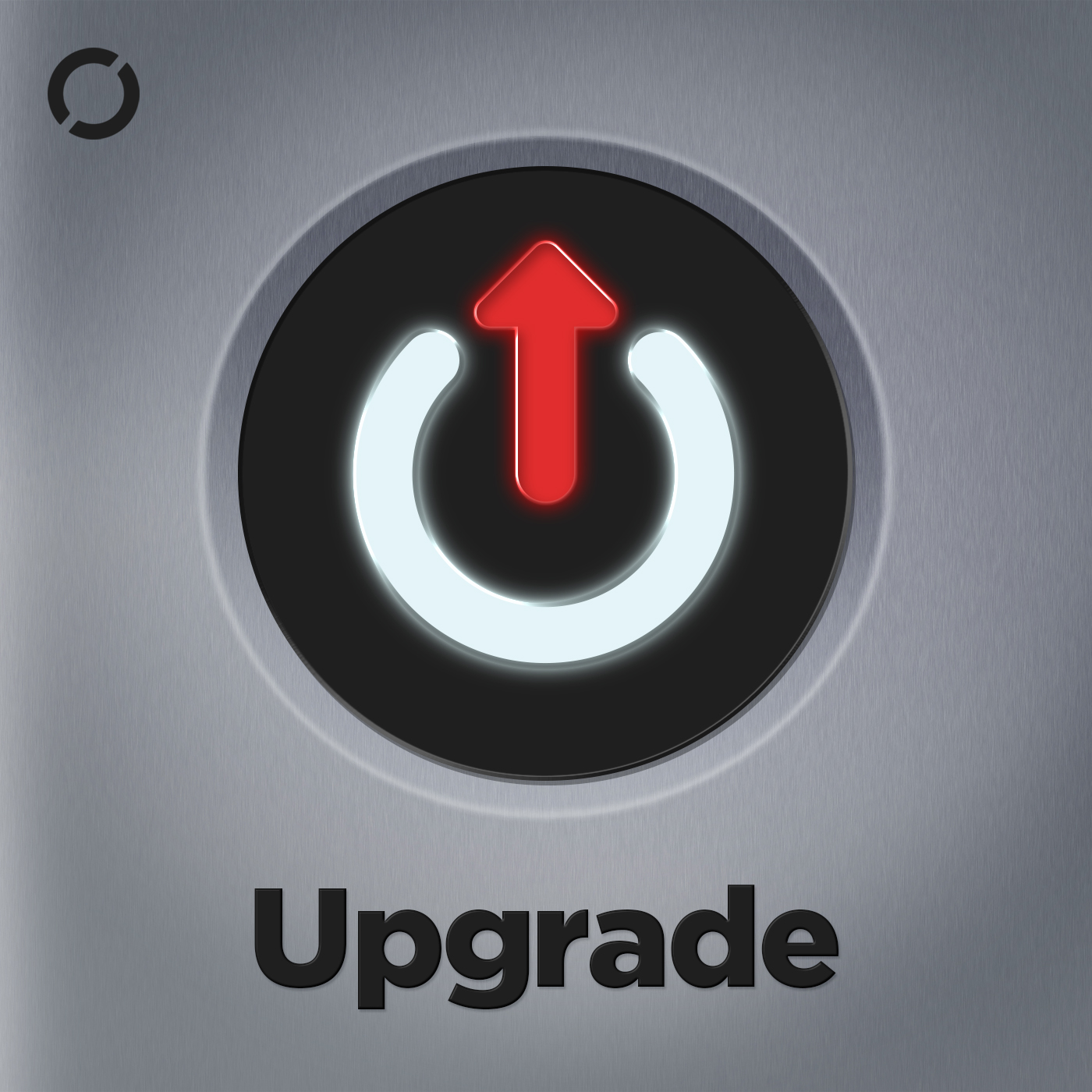
Upgrade
Relay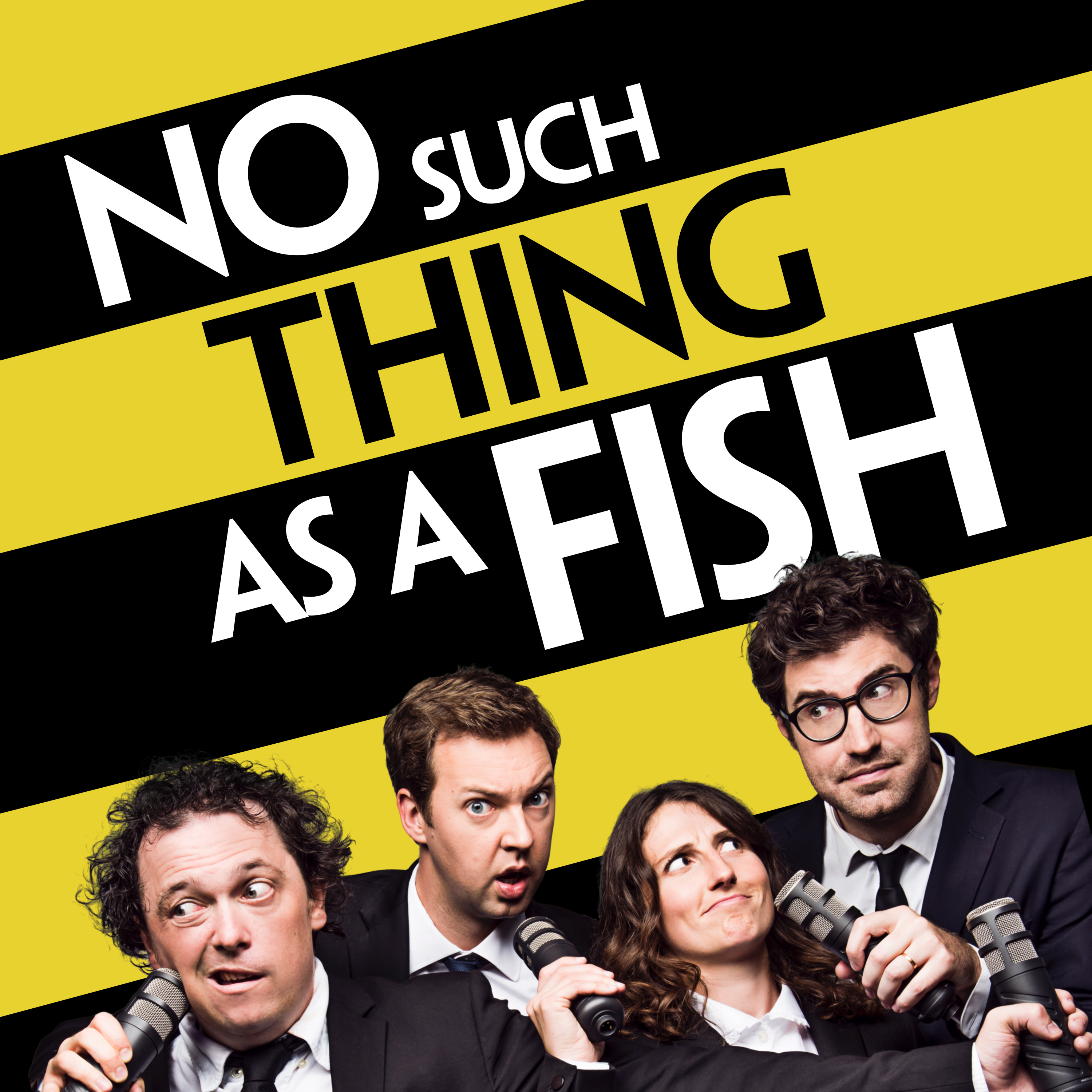
No Such Thing As A Fish
No Such Thing As A Fish
We Can Be Weirdos
Global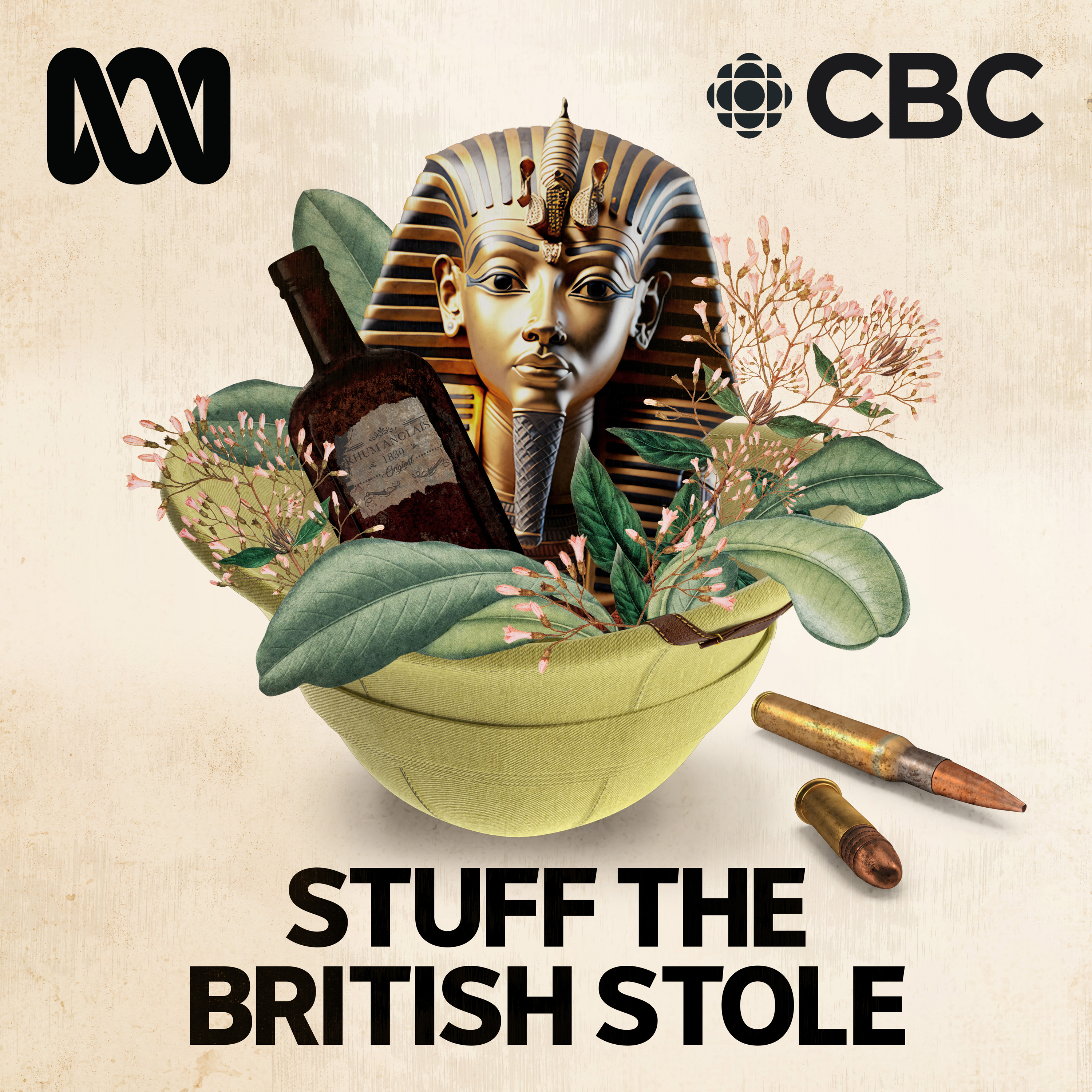
Stuff The British Stole
ABC and CBC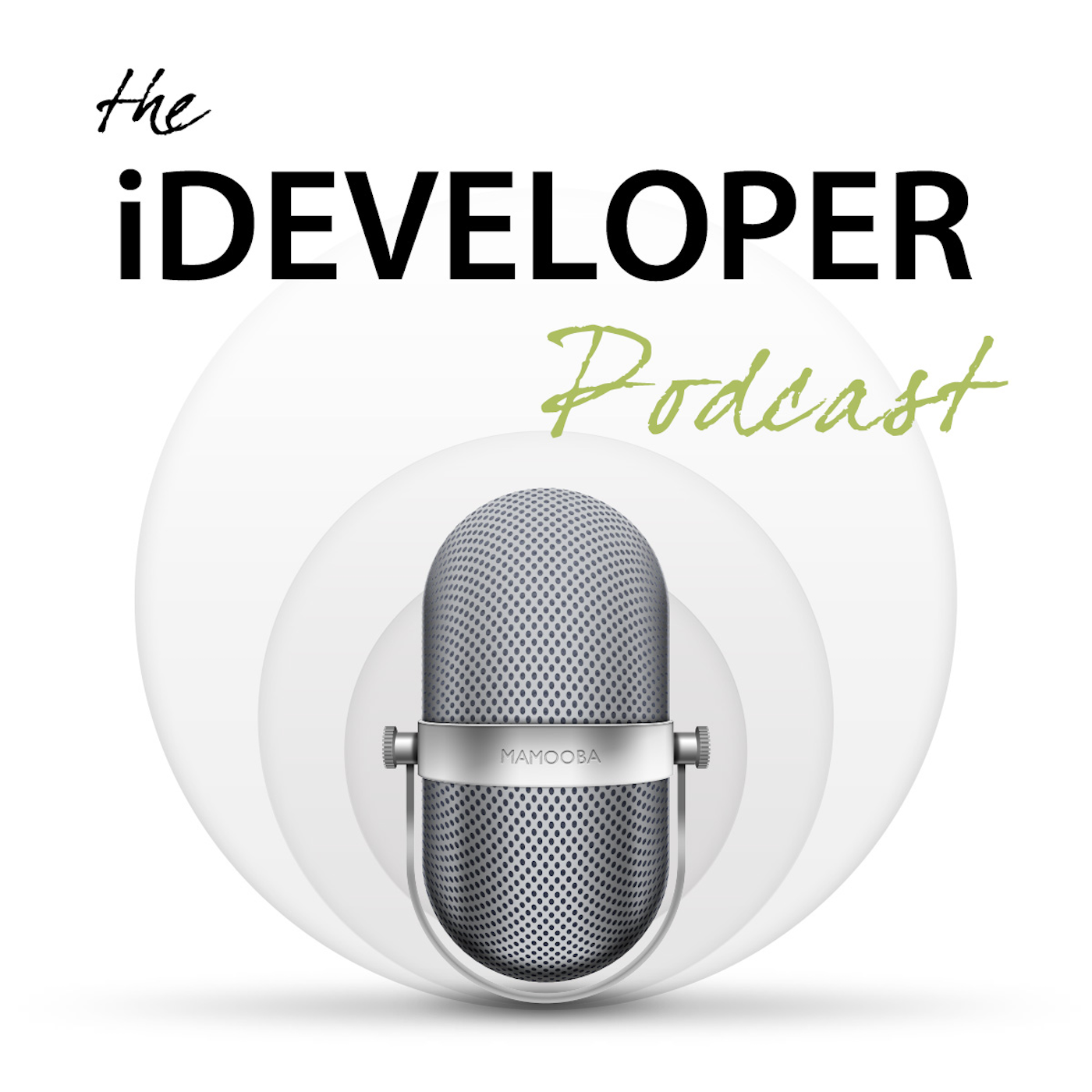
The iDeveloper Podcast
Steve Scott (Scotty) & John FoxRaven On: A Pop Culture Podcast
Natalie Bochenski & Stuart Layt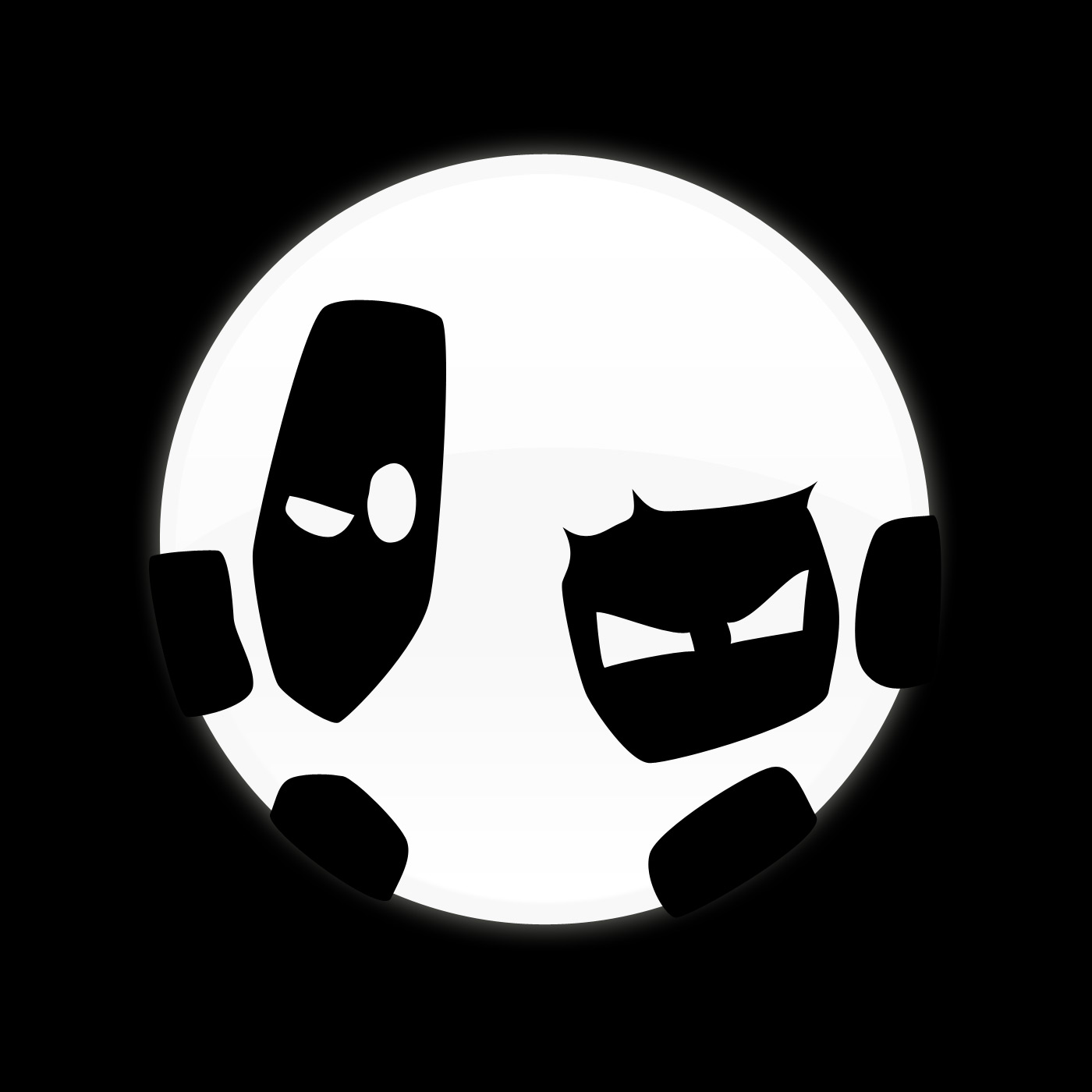
Smart Enough to Know Better
Dan Beeston & Greg Wah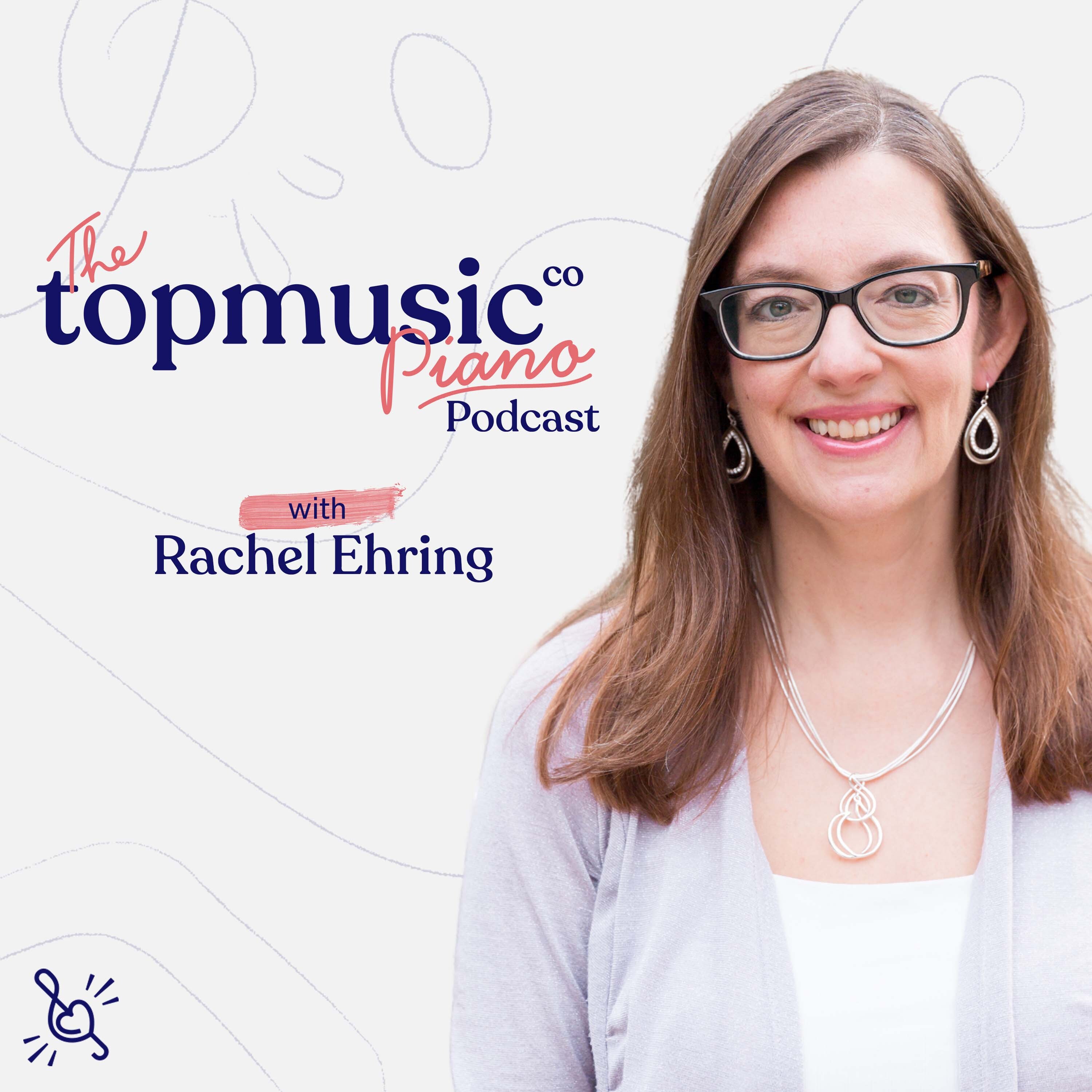
TopMusic Piano Podcast
Tim Topham
The Chopin Podcast
Garrick Ohlsson and Ben Laude



